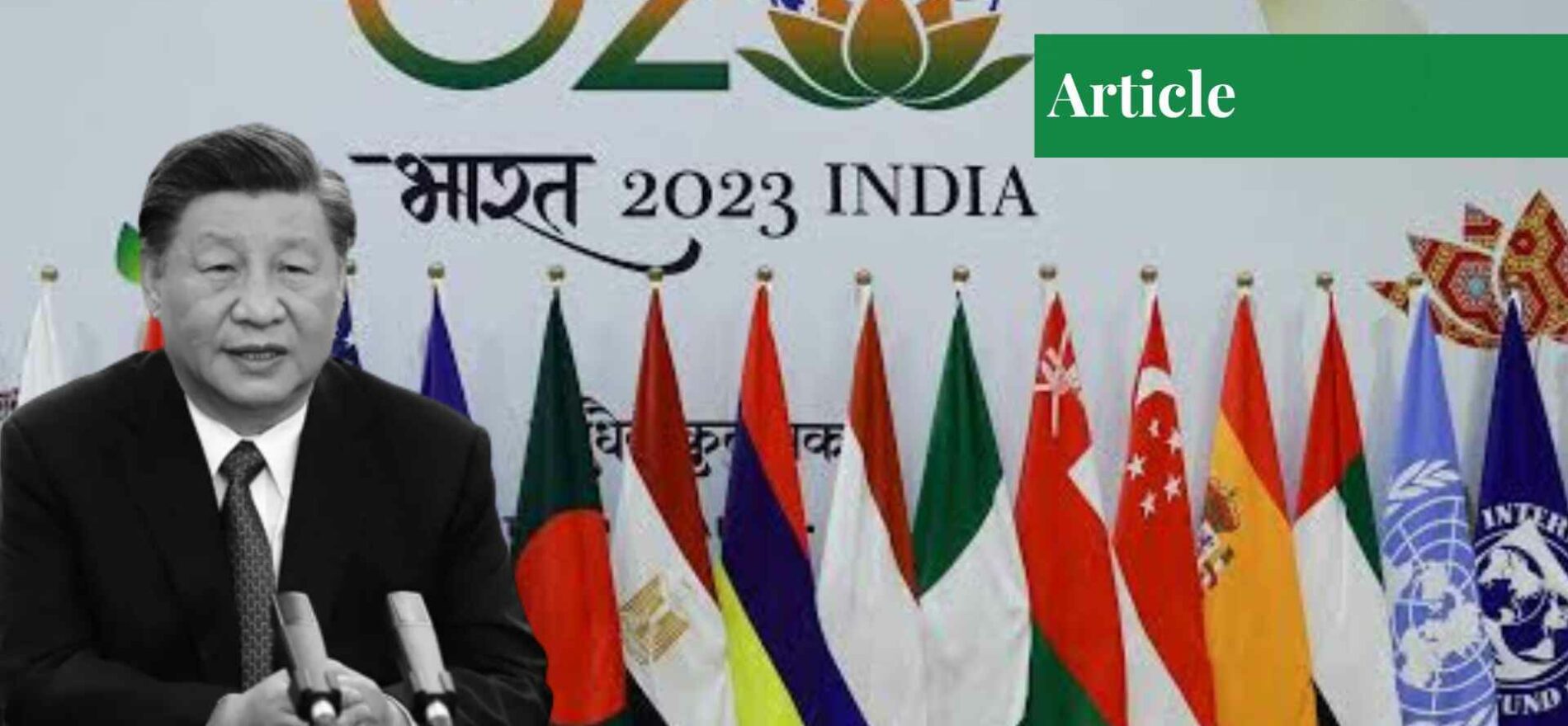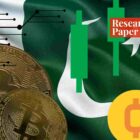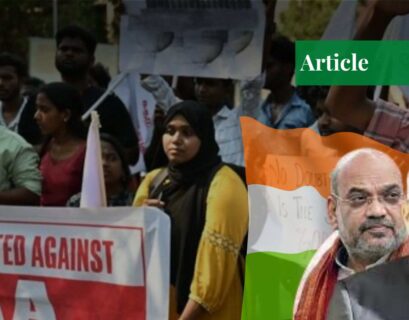Ms Yashfa Ahsan completed her MPhil in International Relations from the University of Management and Technology, Lahore. With a solid academic background, she holds a BS Honors degree in International Relations from Lahore College for Women University.
Dithering over Ukraine
G20 leaders have been deeply divided over the Russian invasion of Ukraine. In the 2022 Bali summit, “most members strongly condemned the war in Ukraine,” but added “there were other views” under pressure from Moscow and Beijing. All references to Russia, Russian aggression, and calls for Russia’s “complete and unconditional” withdrawal from the war that featured in last year’s joint statement were removed. The G20 Delhi Declaration instead emphasized that states must “refrain from the threat or use of force to seek territorial acquisition” and that “the use or threat of use of nuclear weapons is inadmissible”.
A Trade Super Corridor
The US laid out a multinational rail, shipping, and trade and investment connectivity project linking India with the Middle East and Europe on the sidelines of the G20 summit, in a step seen as a challenge to China’s ambitious economic expansion plans in these regions. The “India-Middle East-Europe Economic Corridor”, hailed as a ‘really big deal’ by President Joe Biden, includes India, Saudi Arabia, the United Arab Emirates, Jordan, Israel, and the European Union.
The memorandum of understanding can be viewed as a plan to counter China’s Belt and Road push to develop global infrastructure by pitching Washington as an alternative partner and investor for developing countries.
Small Gains on Climate
For the first time, the G20 Delhi Declaration backed a target of tripling renewable energy capacity and laid out the need for global emissions to peak before 2025. The group also agreed in the summit’s statement that limiting warming to 1.5 degrees Celsius will require reducing greenhouse gases by 43% by 2030 from 2019 levels and that developing countries will need US$5.9 trillion in funding to achieve their climate targets.
However, G20 leaders failed to agree on a phase-out of fossil fuels, with the member states, home to 93% of the world’s operating coal power plants and around 80% of global emissions, committing only to a “phase down” of coal.
India’s Shift from Non-alignment to Multi-alignment
India’s G20 presidency is the culmination of a year of the evolution of India’s foreign policy from non-alignment to multi-alignment. In May 2022, India participated in the leaders’ summit of the Quadrilateral Security Dialogue (Quad) in Tokyo, On the sidelines of the Quad Summit, India also became a member of the US-led Indo-Pacific Economic Framework for Prosperity (IPEF), attended the 14th BRICS summit and Shanghai Cooperation Organisation (SCO) Summit.
Conclusion
Together, G20 members account for 86% of global gross domestic product, 73% of international trade, and two-thirds of the world’s population. Yet, it’s been struggling to assert leadership even as it expands its membership to keep up with rival forums such as BRICS, which is led by Brazil, China, South Africa, and – again – India, a group that is itself expanding.
As global trade expert Simon Evenett notes, “Any notion that the G20 acts as an effective force to align its members’ trade and industrial policies can be discarded.”
If you want to submit your articles, research papers, and book reviews, please check the Submissions page.
The views and opinions expressed in this article/paper are the author’s own and do not necessarily reflect the editorial position of Paradigm Shift.



















